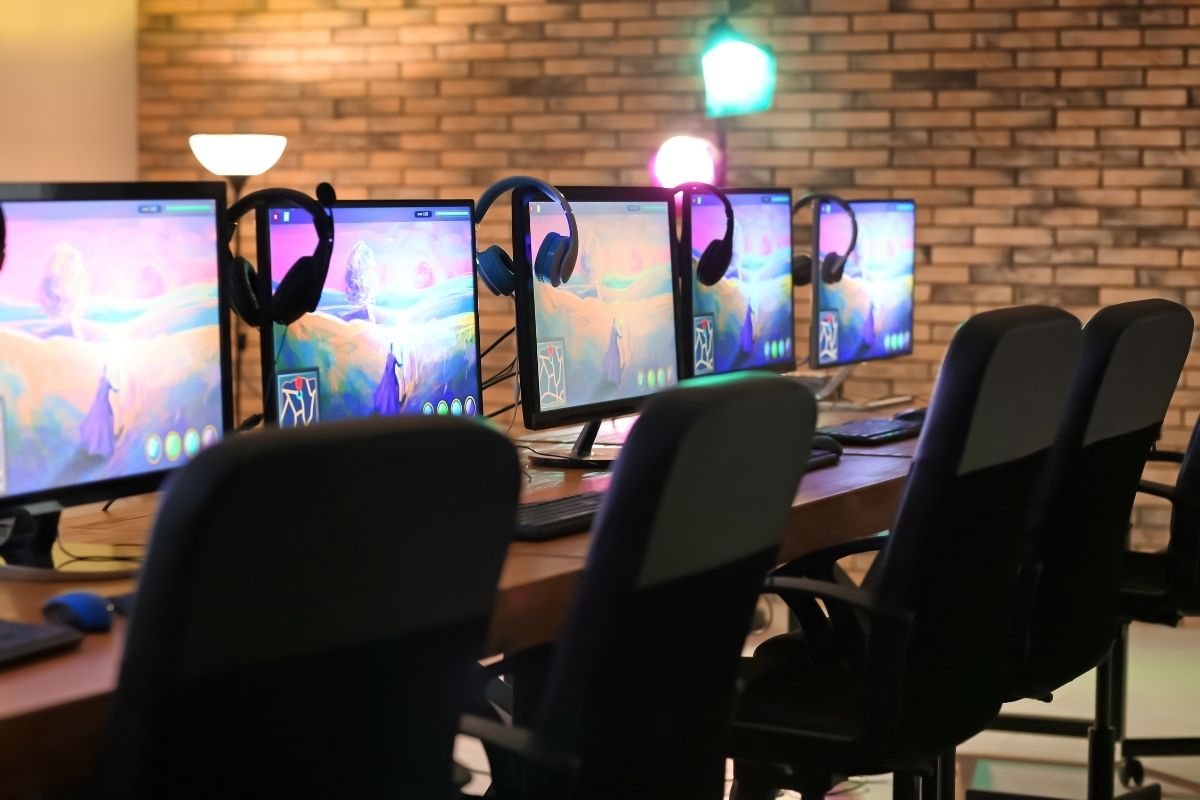How the Sports Stadium Experience is Changing
These days, teams and their partners are creating experiences for fans in a way that’s new and different, certainly compared to what we’ve seen in the last 20 years. It used to just be enough to have the experience, the sights, the sounds, the smells, the touch, the feel of sports in a stadium, in your home, or wherever you’re consuming them.
Nowadays, though, we’re seeing something that’s the next leg up, and it’s really all about immersion. If you look at something like the emergence of eSports, it’s really about that immersion. It’s about being entirely enveloped in an experience, and having all five of your senses immersed in the event.
One of the big challenges today (and perhaps going forward) is that the experience you can have watching a sporting event in your home can be at least as good, and in some cases even better, than going to the stadium in person. This can be a tough thing to wrap your mind around because in the past it has always been about going to the stadium and being there for the live experience. So now, the venues — the stadiums and arenas — they are now having to up their game in a way that they’ve never had to before.
This looks different than it ever has, because it’s no longer just about going to the game and having some special type of food or seat, but instead it’s about being there and having an opportunity, usually through social media, to let everyone know that you were there and experiencing it. What’s happening behind the photo or video that you’re taking, whatever is happening on the field, is no longer always the most important thing.
Smartphones, of course, have changed our experience entirely. Currently, we see a lot of the changes going on in hypoconnectivity. This refers to building more and more of a relationship with not just the devices themselves, but the information that they’re giving and providing access to. Because of this, data and analysis are very popular topics right now.
We are now getting more and more detailed information about the things going on that we’re interested in, whether it be the play that’s taking place on the field and how the players are moving around, or even how long the lines are to get the food, drinks, and merchandise that we want to purchase.
So, as a society, we are all in on these changes. One of the questions though, on the flip side, is how much is that extra level of immersion taking away from simply enjoying the games that we came to watch? This is something to monitor as the way we interact with sports continues to change and develop.
For anyone looking to learn more about how the way we interact with sports is changing, as well as much more information on sports management strategies and concepts, global sports trends and marketing, and much more, online sports management education is a good route to consider. And with the online method, you can receive your sports management education without even leaving the house.


